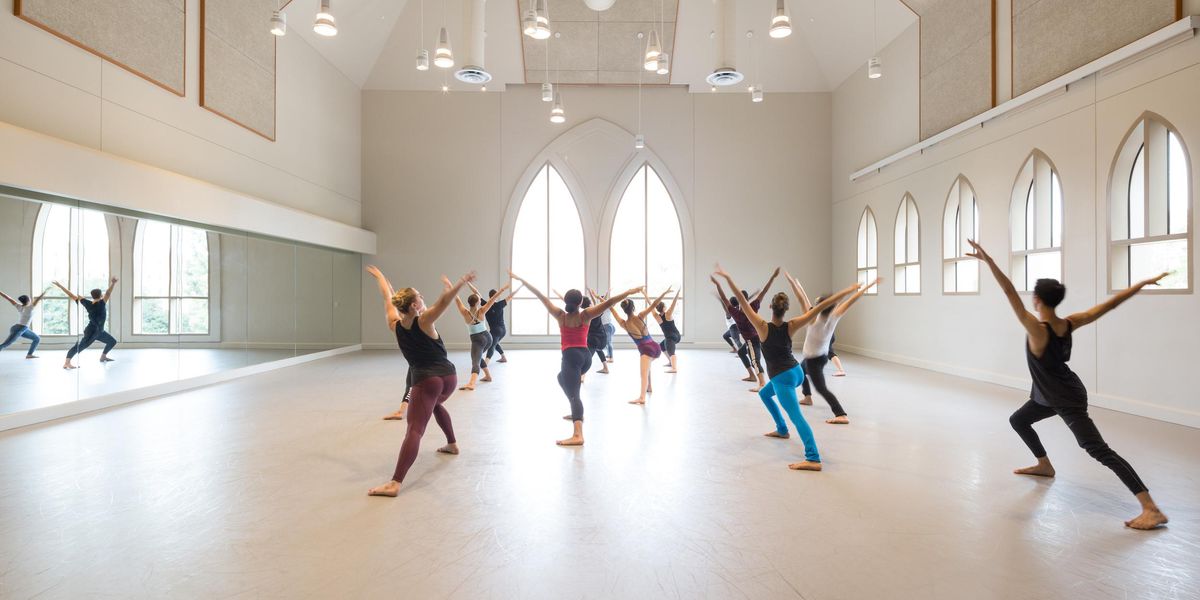Cross-Training Your Feet
Build a better pointe by strengthening underused foot and ankle muscles.
Dancers obsess over their feet day after day. In a competitive art form focused on minute aesthetic details, every millimeter of articulation counts. So no matter what arch or instep they were born with, dancers never stop working to make their feet stronger and more pliable.
But while it’s easy to get caught up in increasing your flexibility, that’s only one part of the equation. The foot and ankle are complex body parts, composed of an array of joints that hinge and glide when the foot is pointed and flexed. Strengthening the muscles that move and stabilize those joints will create a better tendu and ultimately help you find a more aligned pointe. Although the calves are the largest muscle group acting on the ankle joint when the foot is pointed, it’s the underused intrinsic and extrinsic muscles of the feet that need to be engaged in order to access your full range of motion.
Strengthen The Soles
Many dancers don’t realize they have weak intrinsic foot muscles. “I often treat dancers for a bruised toenail on medial corner side,” says Dr. Frank Sinkoe, a podiatrist for Atlanta Ballet. “This tells me that in order to get up on pointe, they are curling the toes, which generally points to weak intrinsic foot muscles.” These muscles originate and insert in the foot. They stabilize the toes and joints to allow the extrinsic muscles, which originate in the leg and insert in the foot, to propel the body forward.
You’ll know the intrinsics are working if at the end of class or rehearsal you feel like you have been wearing flip-flops all day, says Paul Ochoa, physical therapist and co-owner of F Squared Physical Therapy in New York City, who has helped dancers rehabilitating after foot surgery get their pointe back. He recommends dancers practice heel pulls to strengthen their intrinsics:
For the Soles: Heel Pulls
1.
Sit on a chair with your feet flat on the floor in parallel.
2.
Dome your arch up, pulling your heels forward towards your toes in a small, controlled, inchworm-style motion.
3.
Repeat 10 times.
Challenge Yourself:
Add weight by performing this exercise while standing. The movement will still be small.
Tip:
Don’t move your leg forward using your hips—use the toes to “inchworm” ahead.
Stabilize with Stirrup Muscles
As you rise up to demi- or full pointe, less of your foot is on the ground—and your base becomes less stable. This smaller surface of contact makes it more likely that you’ll roll in or out, distorting the line (in a sickle or excessive winging) and increasing your chances of spraining an ankle. A group of extrinsic muscles commonly referred to as the stirrup muscles—they wrap around the outside of your ankle and insert mid-foot—will help to balance your body weight correctly over your feet on relevé and achieve the best-looking line as you work your maximum pointe. Ochoa recommends practicing élevés with a ball:
For the Stirrups: Élevé with Ball
1.
Place a ball in between the feet near the heels.
2.
With a small squeeze, rise up to demi-pointe. Actively maintain your alignment by focusing on keeping your weight balanced as you rise up and down, avoiding rolling into the big toes or out towards the pinky toes.
3.
Lower with the same tension on the ball. Repeat 20 times.
Challenge Yourself: Try a single-leg élevé. Stand with one foot forward on a step and one foot down on the floor with your weight on it. Shift your weight forward to your front foot as you lift the bottom heel up to demi-pointe. Slowly articulate the heel down. Repeat 10 times on each side. Or try moving on to pointe shoes. Dr. Sinkoe recommends rising from demi-pointe to pointe in a de-shanked shoe.
Tip:
Slowly work the descent from demi-pointe—Dr. Sinkoe recommends a count of two seconds up and four seconds down—to activate the muscles eccentrically, promoting strength and length at the same time.
Stretch Gently
Extreme foot stretching can create serious problems, especially in adolescent dancers whose bodies are still developing. “They run the risk of the gliding joints of the mid-foot trying to hinge like the ankle joint and overstretching ligaments on top of the foot, which can expose them to tendonitis,” says Sinkoe. But because dancers are looking for 90-degree-plus range, Ochoa acknowledges that stretching cannot be avoided completely. However, only stretch after you are warm—never before class—and avoid extreme passive stretching where a person or a contraption is pressing down hard on the top of your foot. Ochoa recommends this child’s pose stretch:
To Stretch: Child’s Pose with Towel
1.
In a kneeling position with feet pointed, roll up a hand towel and place it two to three inches below your ankle joints (around the middle of the feet).
2.
Slowly rest your hips back on your heels, as you would in child’s pose, with the towel under your feet. The pressure of your body weight will give a gentle stretch. Do not stay longer than a minute or two.
Length and Light
When trying to get the most out of your foot in a tendu, dancers often pull their heel bone by simply contracting their calf muscles as hard as they can, says Deborah Vogel, a neuromuscular educator and creator of The Body Series. She warns that this can create an Achilles tendon problem. Instead, imagine the foot lengthening away from the hip. She says, “Think of sending light out through your toes.”




